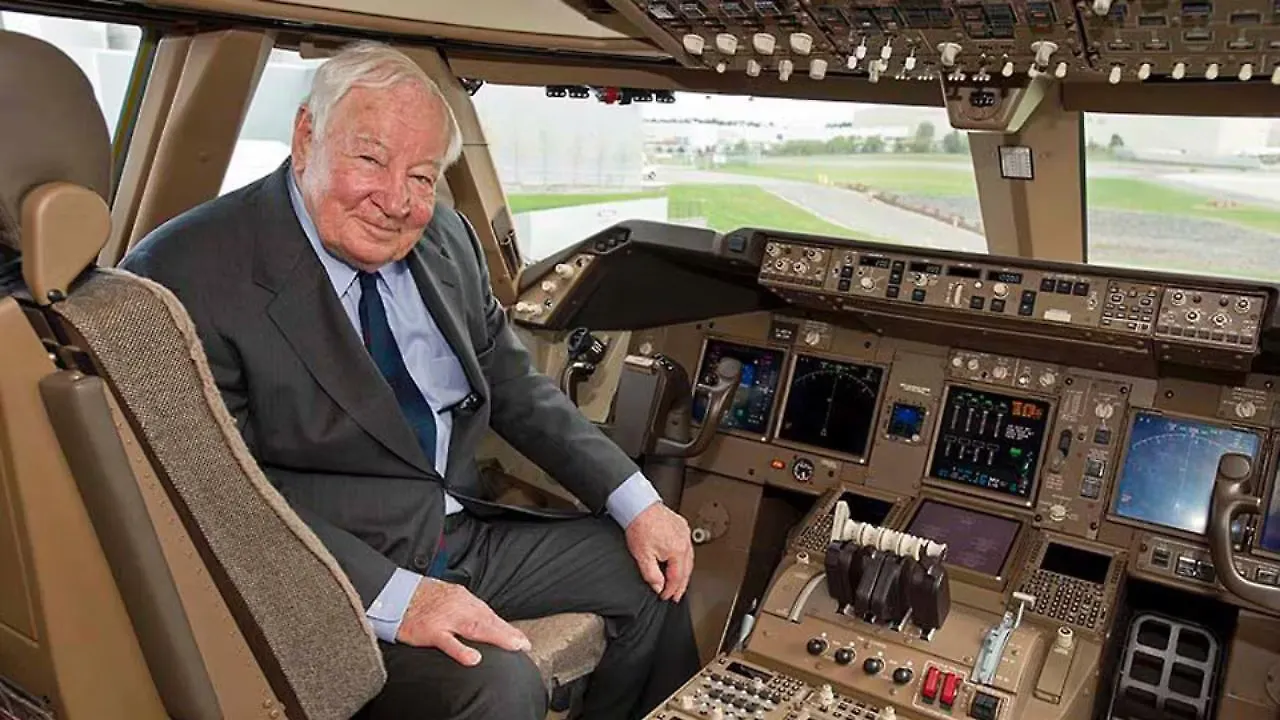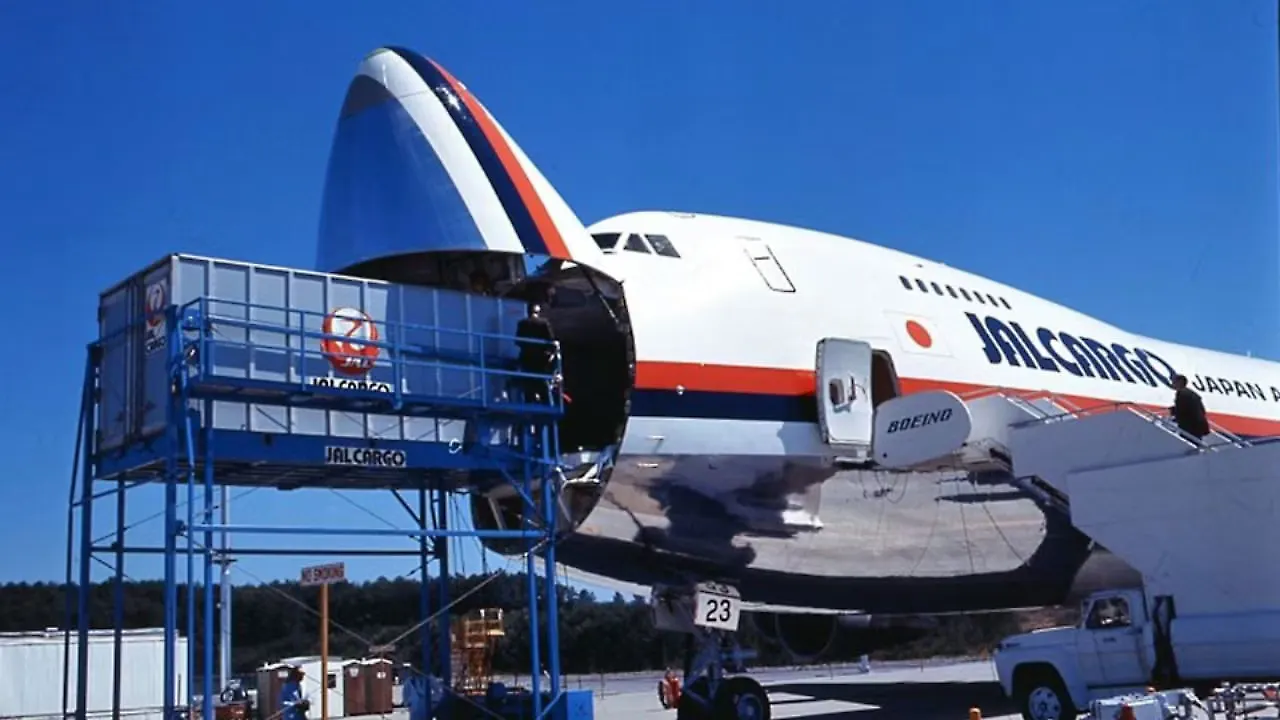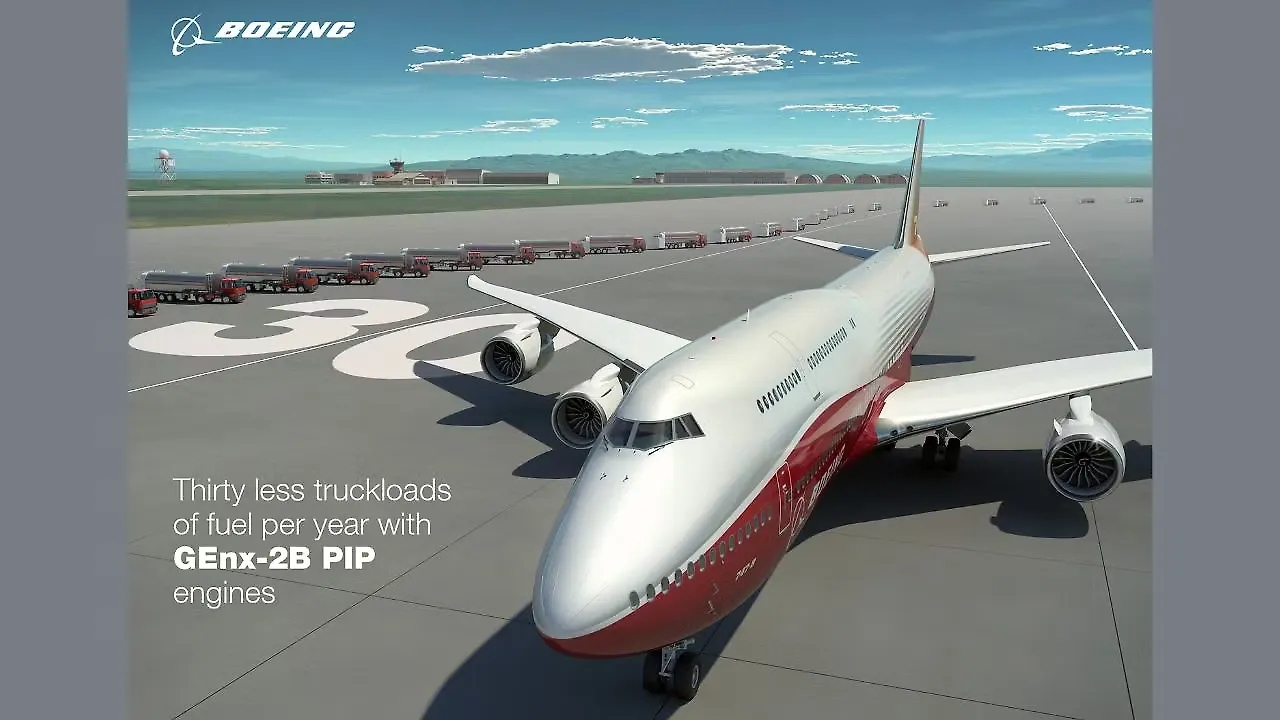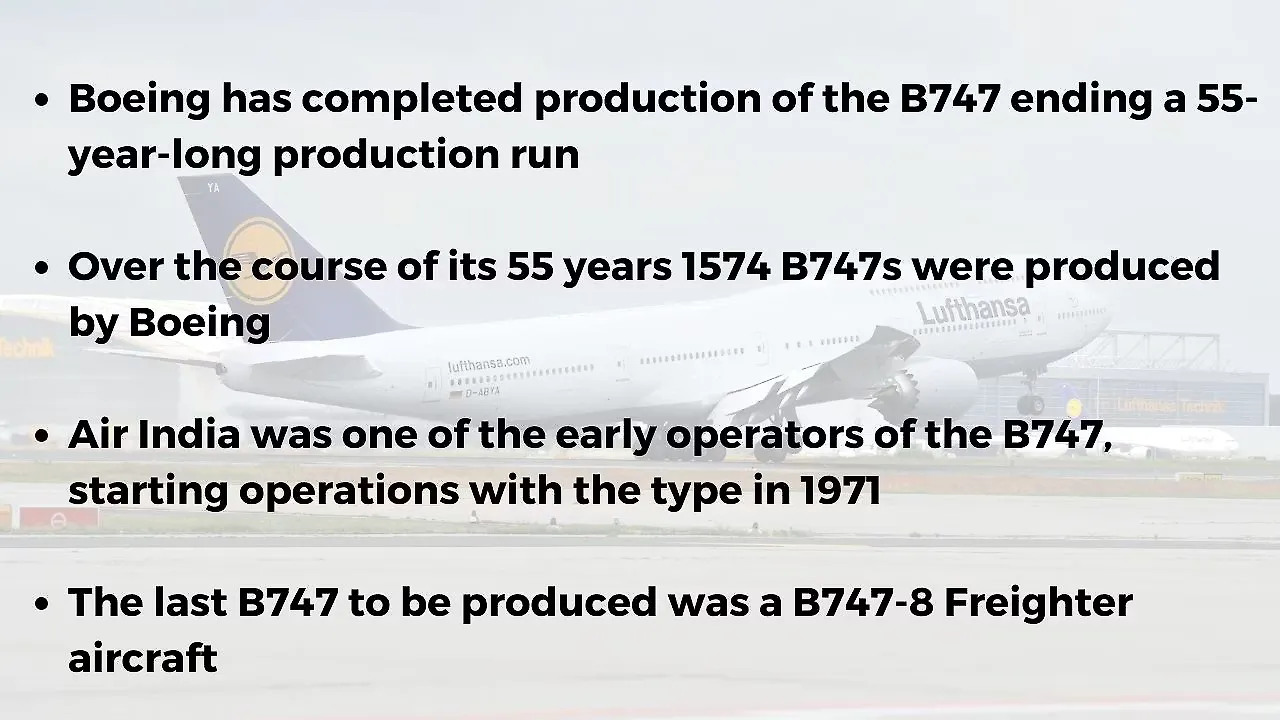
The end of the production of Boeing’s 747 marks the end of an era in aviation history. The last and 1,574th B747 produced in Boeing’s widebody factory was a B747-8 Freighter. It will be delivered to Atlas Air early next year. Atlas Air Worldwide was the final customer for the aircraft, having placed orders for four freighters in January this year.
Arguably one of the most recognisable commercial jetliners ever built, the B747’s instantly recognisable hump, massive frame and twin deck design resulted in its nickname ‘Queen of the Skies’. The B747 was also known as the ‘Jumbo Jet’ and was the largest commercial aircraft in service for decades.
It was the first airplane with two aisles and the first commercial aircraft powered by a high bypass turbofan engine. The aircraft was instrumental in transforming long-haul travel and made it more affordable to the travelling public. Since it entered service, well over six billion people have flown in the B747.
Air India was an early operator of the B747-100, and its first aircraft, ‘Emperor Kanishka’ commenced service in 1971.

Record Breaker
The earliest variant of the aircraft was the B747-100, the world’s first commercial wide-body jetliner. The prototype aircraft made its maiden flight on February 9, 1969. Pan American World Airways, better known as ‘Pan Am’ was the launch customer for the aircraft. The jumbo-jet age began in January 1970, when a Pan Am B747 with 336 passengers took off from New York's John F. Kennedy airport to London and into the history books.
The B747 went on to have a 55-year production run, and by the end, Boeing had produced 1,574 B747s across all variants for more than 100 customers. It is the first wide-body airplane in history to reach the 1,500 aircraft milestone. By its 50th anniversary in 2019, the global fleet had logged more than 57 billion nautical miles (121.5 billion km), equal to more than 137,000 trips from the Earth to the moon and back!
By the end of production the fleet logged more than 118 million flight hours and nearly 23 million flight cycles.

Incredible Aeroplane
The longevity of the B747 can be attributed to Boeing’s culture of engineering excellence at the time and the design team led by Joe Sutter, who became known as the 'Father of the 747'. Sutter had a hand in many iconic commercial airplane projects, including Boeing’s Dash 80, its cousin the 707 and the 737. But it was the 747 that secured his place in aviation history. From concept to roll-out, Sutter’s team completed the design of the B747 in 29 months.
More than 50,000 employees were involved in the programme and they became known as the ‘Incredibles’ for producing what was, at the time, the world’s largest airplane in such a short period. The first B747 was built in less than 16 months!
The fuselage of the original B747 was 68.5 meters long; its tail was as tall as a six-story building. When the cabin was pressurised, it held a tonne of air. The cargo hold had room for 3,400 pieces of baggage.

In its final design, the B747-100 was offered in three configurations: all passenger, all cargo and a convertible passenger/freighter model. The freighter and convertible models loaded 2.4 x 2.4 metre cargo containers through the huge hinged nose.
To produce the massive B747, Boeing constructed a 5.6 million cubic-metre assembly plant in Everett, Washington, which became the world's largest building by volume.
For such a large and complex aircraft, the B747 also developed a reputation as being a safe aeroplane. This was largely due to Sutter, who ensured that the aircraft's design gave primacy to safety. Boeing introduced quadruple hydraulic systems, redundant structures and four main landing gears even though the plane is able to operate on two.

Unmatched Longevity
Over its long history, there were four main variants of the B747 - 100, 200, 400 and 8. The 747-400, which first entered service in 1989, was essentially an entirely new airplane, with improved aerodynamics, digital avionics, a high-tech flight deck, the latest in-flight entertainment systems and 4,828 km more range, compared to its predecessors. The 747-400 had greater passenger capacity, take-off weight, engine thrust and dispatch reliability. Air India also ordered the 747-400.
The final variant of the B747 was the 747-8 programme, which was launched in November 2005 and included the 747-8 Intercontinental passenger airplane and 747-8 Freighter airplane. The 747-8 Intercontinental passenger airplane was stretched 3.6 m compared to the 747-400 to accommodate 34 additional seats in a typical three-class configuration. Lufthansa was the launch customer for the 747-8 Intercontinental and took delivery of its first airplane in April 2012. Powered by four GEnx-2B engines, the 747-8 could travel the length of three FIFA soccer fields in one second!

End Of An Era
Air India has decided to sell its four remaining B747-400s and has appointed a UK-based firm, Skytech-AIC, for outright sale. The aircraft have not been operational for more than two years and are being sold on an immediate delivery basis. These aircraft are powered by Pratt & Whitney 4056 engines and were built between 1993 and 1996.
The Directorate General of Civil Aviation had deregistered these four B747-400s in April this year. Air India’s B747 were iconic in their own right with her early 747-100 and 747-300 aeroplanes painted in a distinct livery. The departure of the 747 from the Air India fleet truly marks the end of an era.
Also Read:
Tata Advanced Systems Deepens Bond With Boeing
Boeing Brings Sustainability Through ecoDemonstrator Programme
Lufthansa Group Places Orders For Boeing 777-8, 787-9 and 777 Freighters